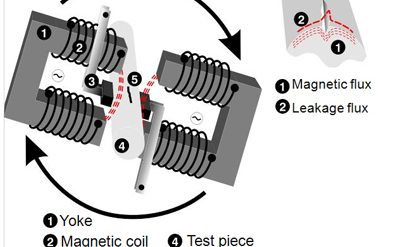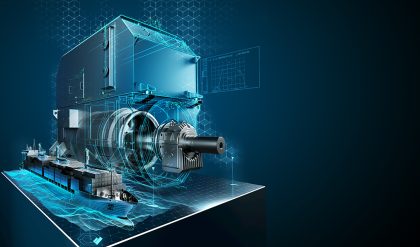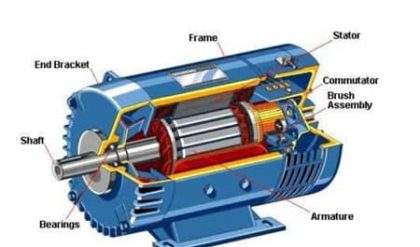
There are many specialized types of current transformers now available. A popular and portable type which can be used to measure circuit loading are called “clamp meters” as shown. Clamp meters open and close around a current carrying conductor and measure its current by determining the magnetic field around it, providing a quick measurement reading usually on a digital display without disconnecting or opening the circuit. As well as the handheld clamp type CT, split core current transformers are available which has one end removable so that the load conductor or bus bar does not have to be disconnected to install it. These are available for measuring currents from 100 up to 5000 amps, with square window sizes from 1″ to over 12″ (25-to-300mm).
Then to summarise, the Current Transformer, (CT) is a type of instrument transformer used to convert a primary current into a secondary current through a magnetic medium. Its secondary winding then provides a much reduced current which can be used for detecting overcurrent, undercurrent, peak current, or average current conditions. A current transformers primary coil is always connected in series with the main conductor giving rise to it also being referred to as a series transformer. The nominal secondary current is rated at 1A or 5A for ease of measurement. Construction can be one single primary turn as in Toroidal, Doughnut, or Bar types, or a few wound primary turns, usually for low current ratios. Current transformers are intended to be used as proportional current devices. Therefore a current transformers secondary winding should never be operated into an open circuit, just as a voltage transformer should never be operated into a short circuit. Very high voltages will result from open circuiting the secondary circuit of an energized current transformer so their terminals must be short-circuited if the ammeter is to be removed or when a CT is not in use before powering up the system.






Comments are closed.